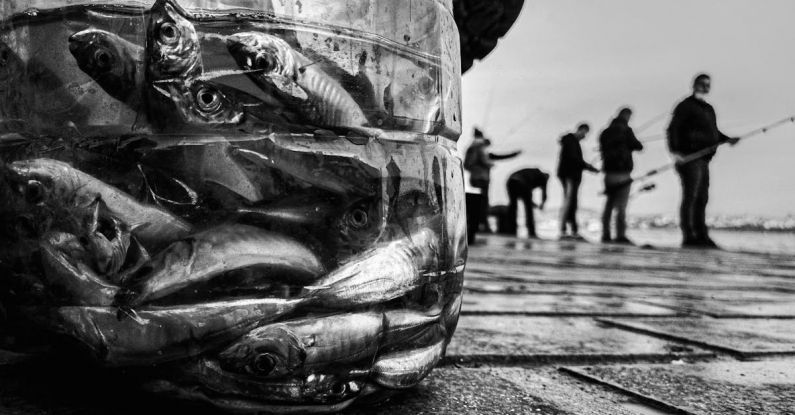The vast expanse of the world’s oceans holds many mysteries, but one particularly insidious problem lurks beneath the surface: ghost fishing. This silent killer threatens marine life and disrupts the delicate balance of marine ecosystems. From abandoned fishing gear to lost traps and nets, ghost fishing poses a significant threat to the health of our oceans. Understanding the impact of this issue is crucial in finding solutions to mitigate its effects and protect our marine environment.
The Dangers of Abandoned Fishing Gear
Abandoned or lost fishing gear, such as nets, traps, and lines, continue to catch marine life long after they have been discarded. These ghost nets drift with the currents, trapping fish, seabirds, turtles, and other marine animals in a deadly cycle. The trapped animals struggle to escape, often leading to injury, suffocation, or starvation. This not only causes immense suffering to the animals but also disrupts the natural food chain and ecosystem dynamics.
The Persistence of Ghost Fishing
Unlike traditional fishing activities where the catch is retrieved by fishermen, ghost fishing continues indefinitely as long as the abandoned gear remains in the water. The durability of modern fishing gear means that it can persist in the marine environment for years, continuing to catch and kill marine life long after it was lost or discarded. This perpetual cycle of ghost fishing can have devastating consequences on fish populations and marine biodiversity.
Impact on Marine Ecosystems
Ghost fishing not only affects individual marine animals but also has broader implications for marine ecosystems. As ghost nets and gear continue to trap and kill marine life, they can disrupt the balance of marine food webs and habitats. By indiscriminately catching a wide range of species, ghost fishing can lead to population declines, loss of biodiversity, and even ecosystem collapse in some cases. The cumulative impact of ghost fishing can have far-reaching consequences for the health and resilience of marine ecosystems.
Efforts to Combat Ghost Fishing
Recognizing the urgent need to address the issue of ghost fishing, various organizations, governments, and conservation groups have initiated efforts to combat this silent killer. One approach involves the removal of ghost gear from the oceans through organized clean-up operations. By retrieving abandoned fishing gear, these initiatives aim to reduce the immediate threat to marine life and prevent further damage to marine ecosystems. Additionally, raising awareness about the impact of ghost fishing and promoting responsible fishing practices can help prevent the problem at its source.
Technological Innovations and Solutions
Innovations in technology are also playing a crucial role in combating ghost fishing. GPS tracking systems and biodegradable fishing gear are being developed to help monitor and reduce the impact of lost or abandoned gear in the oceans. By tracking the movement of fishing gear and designing gear that degrades over time, researchers and industry professionals are working towards more sustainable fishing practices that minimize the risk of ghost fishing. These technological solutions offer promising avenues for addressing the root causes of ghost fishing and promoting environmentally friendly fishing practices.
Safeguarding Our Oceans for the Future
As we strive to protect our oceans and marine life for future generations, addressing the issue of ghost fishing is paramount. By understanding the dangers posed by abandoned fishing gear and taking proactive measures to prevent ghost fishing, we can help preserve the health and biodiversity of our oceans. Through collaborative efforts, innovative solutions, and a commitment to sustainable fishing practices, we can work towards a future where ghost fishing is no longer a silent killer in the seas.





